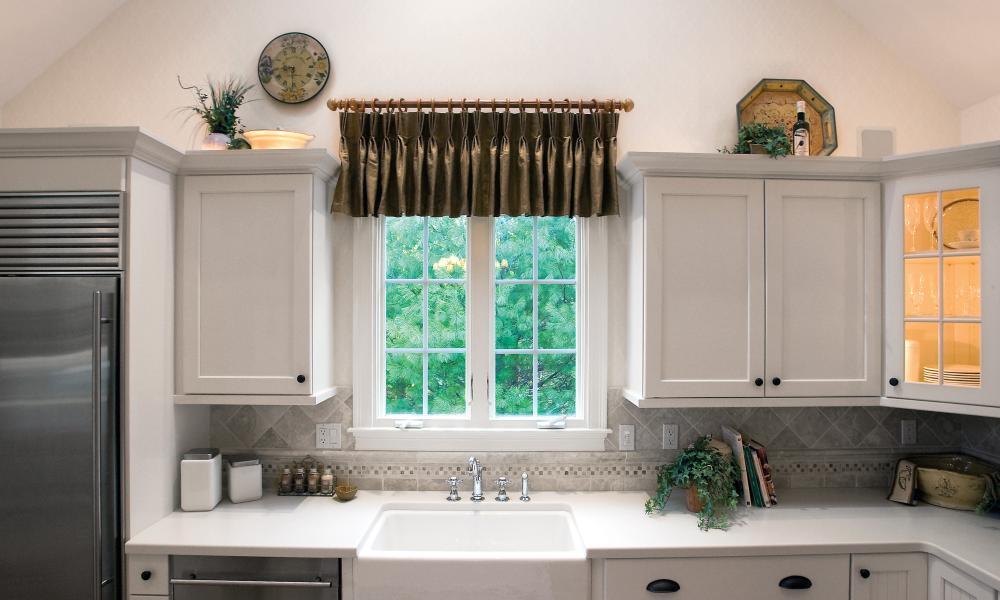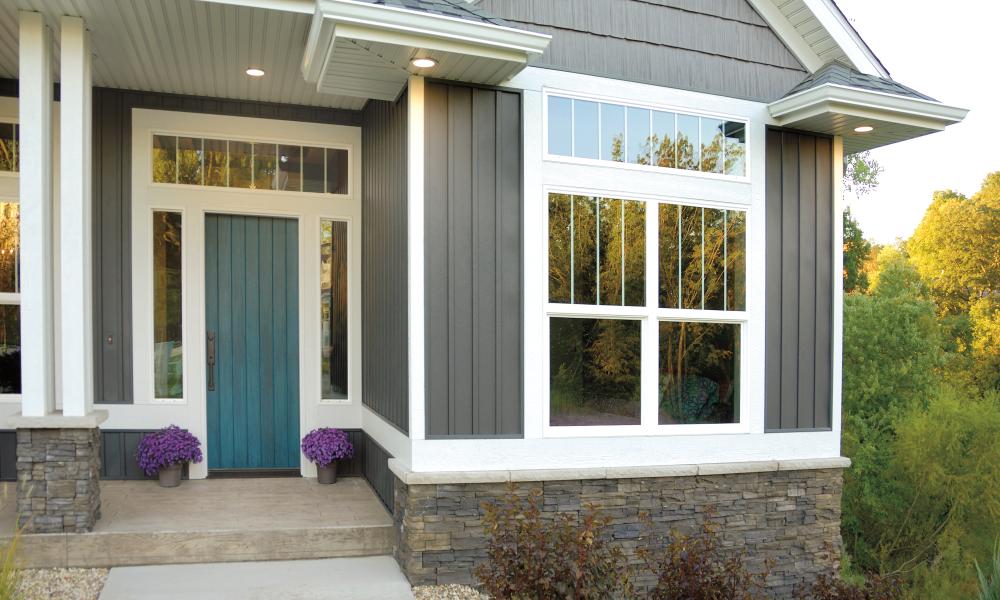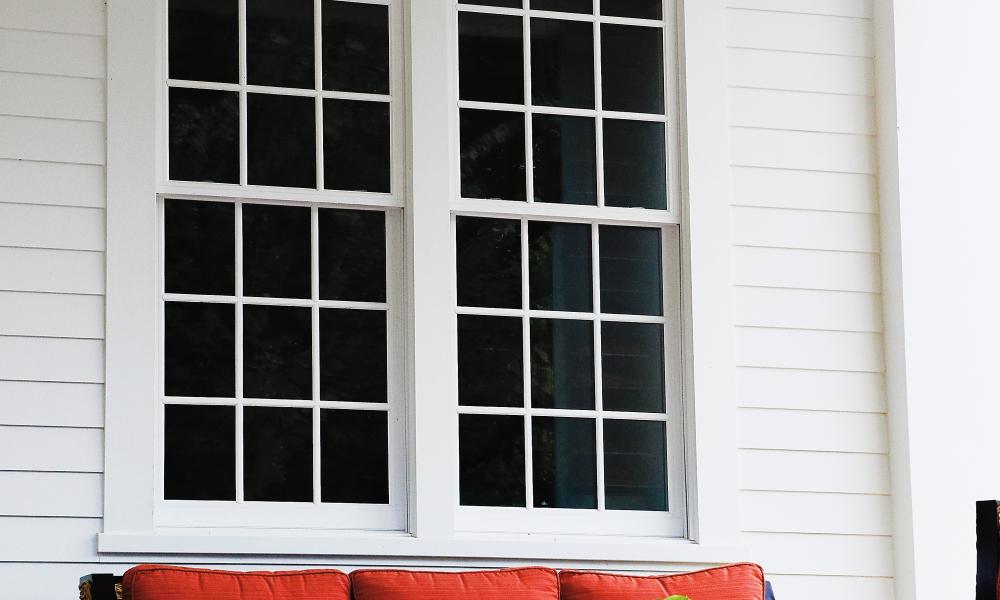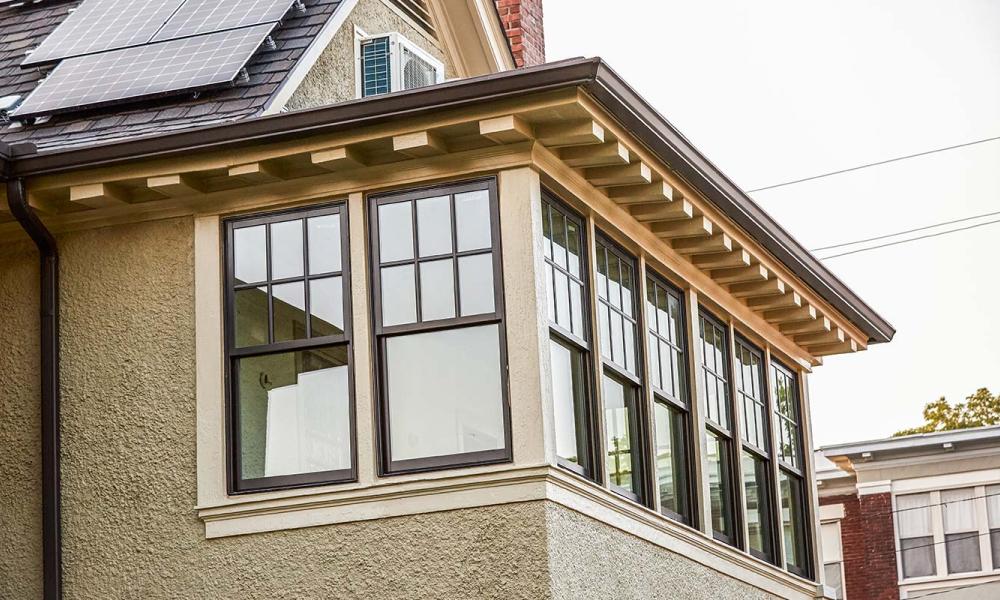Window Condensation
Window condensation occurs when warm, moist air meets a cooler surface, leading to the water vapor in the air turning into liquid water.
Moisture on your windows doesn’t mean there is a problem necessarily, just means your windows are doing their job, keeping an airtight seal, and keeping moisture in.
Several factors can contribute to window condensation:
High Humidity Levels: Elevated humidity levels inside a home can contribute significantly to window condensation. Activities such as cooking, bathing, and using certain appliances can release moisture into the air.
Poor Ventilation: Inadequate ventilation in a home can trap moisture inside, increasing humidity levels. Proper ventilation, especially in areas like kitchens and bathrooms, is essential to allow moist air to escape.
Temperature Differences: When the indoor air is warm and meets a cold window surface, the air near the window cools down, causing the moisture to condense on the glass.
Single-Pane Windows: Single-pane windows are less effective at insulating against temperature differences, making them more prone to condensation compared to double-pane or insulated windows.
Lack of Insulation: Insufficient insulation around windows can lead to colder surfaces, increasing the likelihood of condensation. Proper insulation helps maintain a more consistent indoor temperature.
Indoor Plants: Plants release moisture through a process called transpiration. While indoor plants offer numerous benefits, having too many in a room can contribute to higher humidity levels and increased condensation on windows.
Gas Appliances: Certain gas appliances, such as heaters and stoves, can produce water vapor as a byproduct of combustion. Proper ventilation is essential to prevent this moisture from accumulating indoors.
Drying Clothes Indoors: Hanging wet clothes indoors or using a dryer without proper ventilation can introduce a significant amount of moisture into the air, contributing to window condensation.
Colder Outdoor Temperatures: During colder weather, the temperature contrast between the warm indoor air and the cold outdoor air can be more pronounced, increasing the likelihood of condensation on windows.
To address window condensation, it's essential to manage indoor humidity levels, and ensure proper ventilation. Additionally, addressing any issues with insulation and sealing can help create a more comfortable and moisture-resistant indoor environment.







































